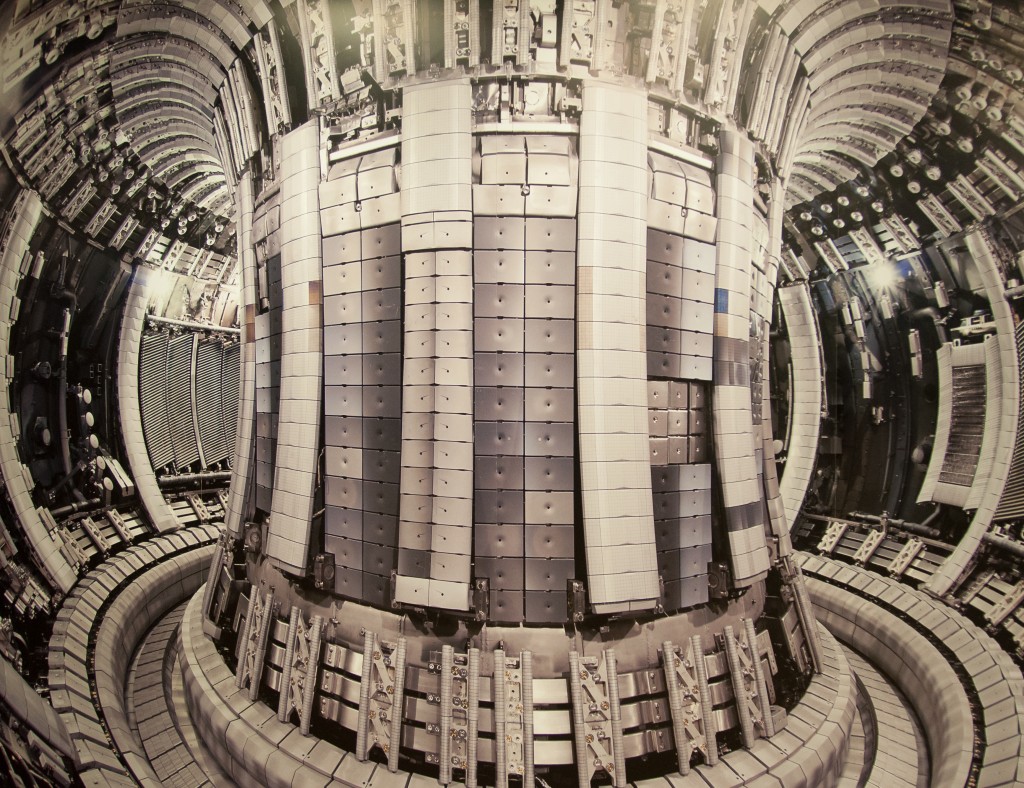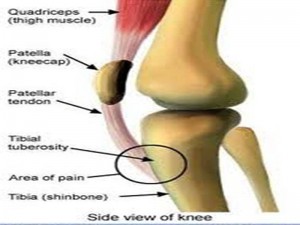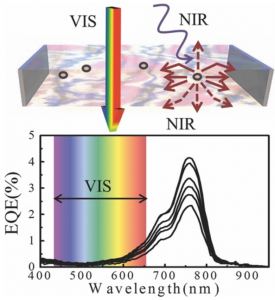Have you ever gone to the doctor’s clinic and asked for a prescription of antibiotics to treat a cold, a sore throat, or a flu? Did your doctor agree and willingly provide you a prescription? In both instances, you probably shouldn’t have asked and your doctor should have probably refused.
Antibiotics are the most commonly prescribed drugs and are praised for their life saving abilities. However, according to the Centres for Disease and Prevention (CDC), 50 % of the time they are poorly prescribed. This has resulted in the rising emergence of antibiotic resistance, which has been described as a global health crisis by the World Health Organization.
Image Courtesy of: Flikr Commons
Antibiotics, first used in the 1940’s, are strong medicines used to kill or inhibit the growth of bacteria in order to subsequently treat bacterial infections. Bacteria can cause infections such as:
Although antibiotics are powerful medicines, they are ineffective against illnesses caused by viruses. A few examples of common illnesses caused by viruses are:
- common colds
- most sore throats (that are not caused by strep throat)
- flu (influenza)
It is best advised to just allow most viral infections to run their course and to allow your own immune system to kick in and fight the infection.
However, one may ask, “why not just take antibiotics just to be on the safe side?” The problem with this is that the overuse of antibiotics, especially when they are not the approapriate treatment, promotes antibiotic resistance. This term is synonymous with bacterial resistance, in which bacteria are no longer inhibited by an antibiotic to which they were previously sensitive to. The video below provides an excellent explanation as to how antibiotic resistance arises.

YouTube video courtesy of: TED-Ed
Antibiotic-resistant bacteria are harder, take longer, and are more costly to treat. In the worst-case scenario, no antibiotic will be available, resulting in a life-threatening bacteria strain. In fact, according to the CDC, “at least 2 million people become infected with bacteria that are resistant to antibiotics and at least 23,000 people die each year as a direct result of these infections.”
Exercise caution and be sure to talk with your doctor when determining whether antibiotics are the right option for you. Remember, only take antibiotics if absolutely necessary!
Thanks for reading.



























